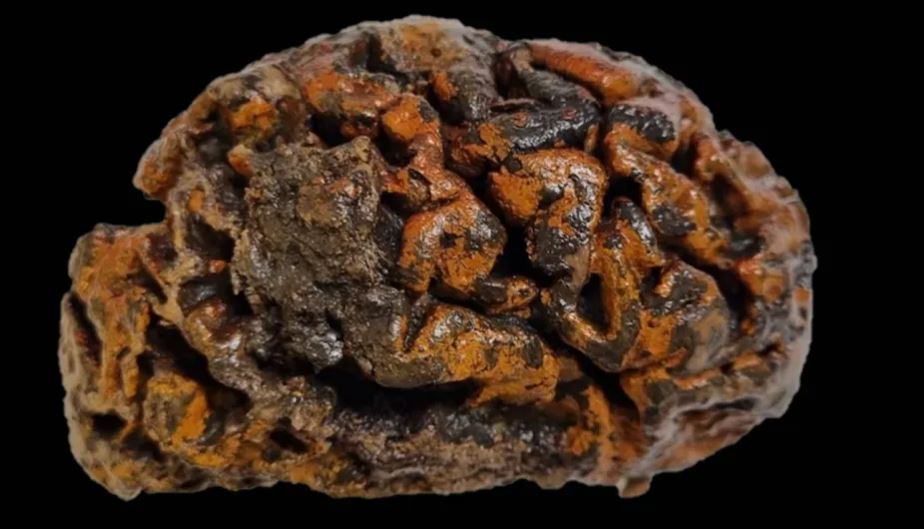In the realm of archaeological marvels, the discovery of naturally preserved human brains has emerged as a testament to the enduring mysteries of human biology and historical preservation techniques. Led by forensic anthropologist Alexandra Morton-Hayward from the University of Oxford, a groundbreaking study published in Proceedings of the Royal Society B reveals a startling archive of over 4,400 human brains preserved in various archaeological sites worldwide.
Unveiling a Curious Phenomenon
Initially perceived as exceedingly rare, the preservation of human brains has defied conventional wisdom. Morton-Hayward’s research challenges the notion of these organs as unique anomalies, unearthing preserved brains dating back nearly 12,000 years. From explorers of the North Pole to sacrificial victims of the Inca and soldiers from the Spanish Civil War, these discoveries span continents and epochs, offering profound insights into ancient burial practices and environmental conditions conducive to brain preservation.
Investigating the Unexplored
Despite the vast archive at hand, less than 1 percent of these preserved brains have undergone scientific scrutiny. The scarcity of research stems from historical reverence and caution toward disturbing these delicate specimens. Morton-Hayward emphasizes the need for comprehensive analysis to unlock the mysteries held within these remarkably preserved tissues.
Preservation Techniques Unveiled
The preservation methods vary widely, influenced by geographical and climatic factors prevalent at the time of burial. Dehydration, freezing, and tanning processes have played pivotal roles in maintaining the integrity of these ancient brains. The resulting textures range from desiccated and brittle to surprisingly pliable, akin to tofu.
Chemical Composition and Resilience
Key to the enduring preservation of brains lies in their unique chemical composition. Unlike other soft tissues, brains maintain a delicate balance of proteins and lipids, with a ratio of 1-to-1. This distinctive chemistry, when exposed to metals like iron, facilitates a fusion of proteins and lipids, thereby enhancing durability against decay.
Advancements in Molecular Analysis
Modern advancements in molecular analysis are shedding new light on the intricate interactions responsible for brain preservation over millennia. Researchers are employing cutting-edge tools to delve deeper into the molecular mechanisms underlying this resilience, aiming to decipher how environmental and biological factors converge to safeguard these ancient organs.
Conclusion
The study of naturally preserved human brains not only enriches our understanding of ancient civilizations but also underscores the resilience of human biology in diverse environmental contexts. As research progresses, Morton-Hayward and her team continue to unravel the secrets concealed within these remarkable relics, offering unprecedented insights into the mysteries of human history and preservation.
Summary:
| Key Learning Points | Details |
|---|---|
| Preservation Techniques | Dehydration, freezing, and tanning processes |
| Chemical Composition | 1-to-1 ratio of proteins to lipids |
| Historical Significance | Insights into ancient burial practices and environmental conditions |

Basant Kumar Sahoo is a seasoned writer with extensive experience in crafting tech-related articles, insightful editorials, and engaging sports content. With a deep understanding of technology trends, a knack for thought-provoking commentary, and a passion for sports, Basant brings a unique blend of expertise and creativity to his writing. His work is known for its clarity, depth, and ability to connect with readers across diverse topics.



